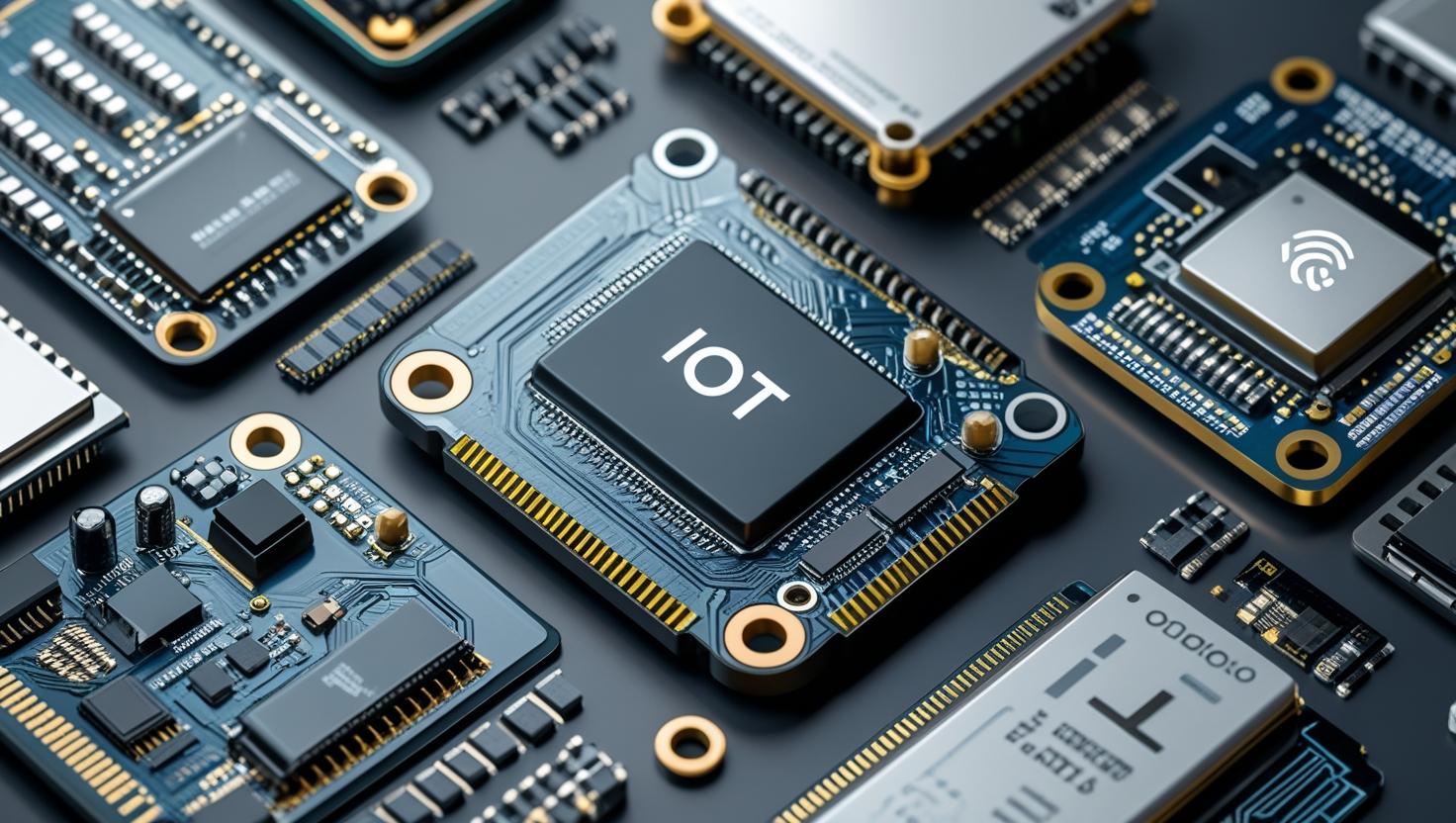As the manufacturing sector undergoes rapid digital transformation, IoT (Internet of Things) sensors are playing a central role in reshaping industrial processes. These tiny but powerful devices are enabling manufacturers to monitor, analyze, and optimize operations in real-time—ushering in a new era of smart manufacturing. The growth of IoT sensors is not only revolutionizing how factories operate but also redefining productivity, efficiency, and safety standards across the globe.
What Are IoT Sensors and Why Are They Important?
IoT sensors are devices embedded with the ability to collect and transmit data over a network. In a manufacturing context, they can detect and measure variables like temperature, pressure, humidity, vibration, motion, proximity, and gas levels, among others. Once collected, this data is used to inform decisions, automate systems, and predict failures before they occur.
In smart factories, where everything from machinery to inventory is connected, IoT sensors act as the eyes and ears of the system—delivering real-time visibility and enabling data-driven automation. This shift from reactive to proactive operations is what distinguishes smart manufacturing from traditional industrial setups.
Key Drivers Behind the Growth
The increasing adoption of IoT sensors in manufacturing is fueled by several key factors:
1. Demand for Real-Time Monitoring and Predictive Maintenance
Unplanned downtime is one of the costliest challenges in manufacturing. IoT sensors help prevent breakdowns by constantly monitoring equipment health and predicting failures before they happen. This predictive maintenance capability allows companies to schedule repairs during non-critical hours, significantly reducing operational disruption and maintenance costs.
2. Industry 4.0 and Digital Transformation
The global shift toward Industry 4.0—a movement focused on automation, machine learning, and real-time data—has placed IoT sensors at the forefront of innovation. As factories become more digitized, the need for constant, accurate data collection is essential for everything from quality control to asset tracking.
Download PDF Brochure @ https://www.marketsandmarkets.com/pdfdownloadNew.asp?id=26520972

3. Integration with AI and Edge Computing
Advanced IoT sensors now integrate seamlessly with artificial intelligence (AI) and edge computing, enabling faster decision-making at the source of data collection. This reduces latency, enhances responsiveness, and supports autonomous processes—all essential traits in smart manufacturing environments.
4. Cost Reduction and Efficiency Gains
By optimizing resource usage, detecting inefficiencies, and minimizing waste, IoT sensors contribute directly to lower operating costs. From managing energy consumption to streamlining supply chains, the impact on the bottom line is significant.
Applications of IoT Sensors in Smart Manufacturing
The versatility of IoT sensors makes them applicable across various aspects of manufacturing:
-
Equipment Monitoring: Sensors track machinery performance and notify operators of anomalies.
-
Inventory Management: RFID and proximity sensors enable real-time tracking of raw materials and finished goods.
-
Environmental Monitoring: Temperature and humidity sensors ensure ideal storage and production conditions.
-
Quality Control: Vision sensors and precision measurement tools detect defects in real-time.
-
Worker Safety: Wearable sensors monitor worker fatigue, exposure to hazardous environments, and ergonomics.
Each of these applications contributes to a more connected, efficient, and safer industrial environment.
Market Outlook and Growth Projections
The global IoT sensors industry size is projected to grow from USD 16.0 billion in 2024 to USD 70.1 billion by 2029; it is expected to grow at a CAGR of 34.4% from 2024 to 2029.With the increasing internet penetration rate, IoT is finding applications in retail, consumer electronics, agriculture, automotive, transportation, and other verticals. The continuously increasing number of Internet users worldwide is expected to drive the demand for high-speed, low-cost IoT technology-based devices such as radio frequency identification (RFID) tags, barcode scanners, and mobile computers. This would result in an increased demand for sensors, driven by increasing automation and the rising demand for data-centric solutions in production lines.
Emerging markets, particularly in Asia-Pacific, are witnessing a surge in adoption due to expanding industrial sectors and supportive government initiatives focused on smart factory development.
Challenges to Overcome
Despite the promising growth, several challenges must be addressed for widespread adoption:
-
Cybersecurity risks due to increased connectivity
-
High upfront investment for sensor-enabled infrastructure
-
Integration issues with legacy systems
-
Data overload without effective analytics platforms
However, with ongoing advancements in sensor technology, cloud computing, and AI, these challenges are increasingly being mitigated.
The Future of Manufacturing with IoT Sensors
The future of smart manufacturing is intelligent, autonomous, and connected—and IoT sensors are the foundation. As these devices become more advanced, affordable, and integrated, manufacturers will gain unprecedented control over every aspect of their operations.
From reducing downtime and enhancing quality to improving sustainability and worker safety, the growth of IoT sensors is not just a trend—it’s a transformation. Companies that embrace this change today are the ones that will lead the factories of tomorrow.
FAQ: IoT Sensors in Smart Manufacturing
1. What are IoT sensors in manufacturing?
IoT sensors are devices used in manufacturing environments to collect real-time data on variables like temperature, pressure, vibration, motion, humidity, and machine performance. These sensors enable automation, predictive maintenance, and improved decision-making by connecting machines, systems, and people through the Internet of Things.
2. How do IoT sensors support smart manufacturing?
IoT sensors power smart manufacturing by providing continuous, real-time insights into equipment, processes, and the environment. They allow manufacturers to monitor asset health, optimize production, reduce waste, and enhance worker safety through data-driven automation and control.
3. What are the most common types of IoT sensors used in industry?
Some of the most widely used sensors in smart manufacturing include:
-
Temperature and humidity sensors
-
Vibration and pressure sensors
-
Proximity and motion sensors
-
Gas and chemical detection sensors
-
RFID sensors for inventory tracking
-
Vision and imaging sensors for quality control
